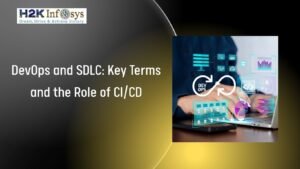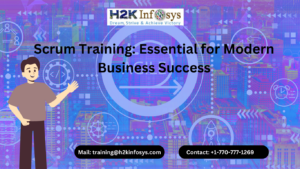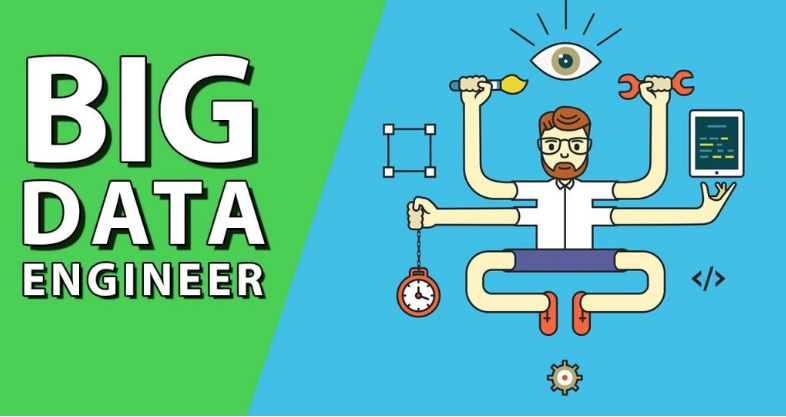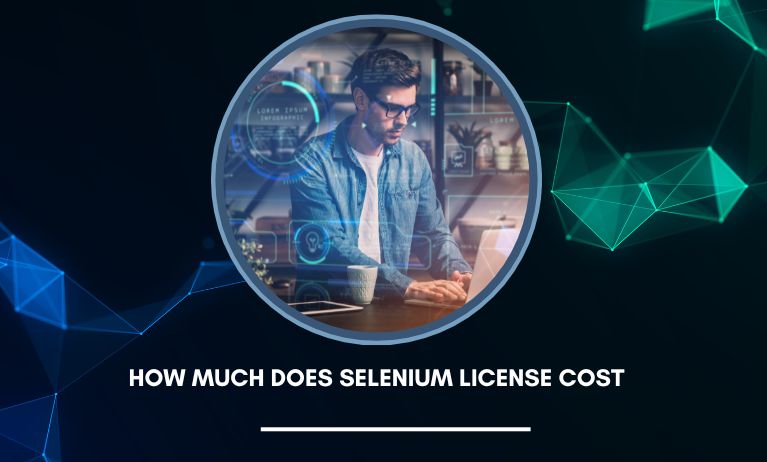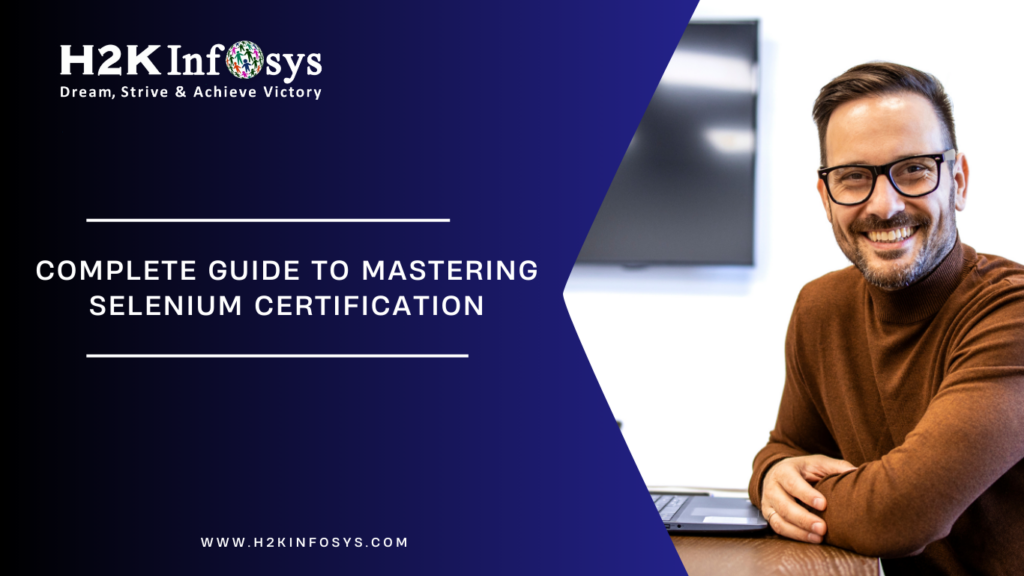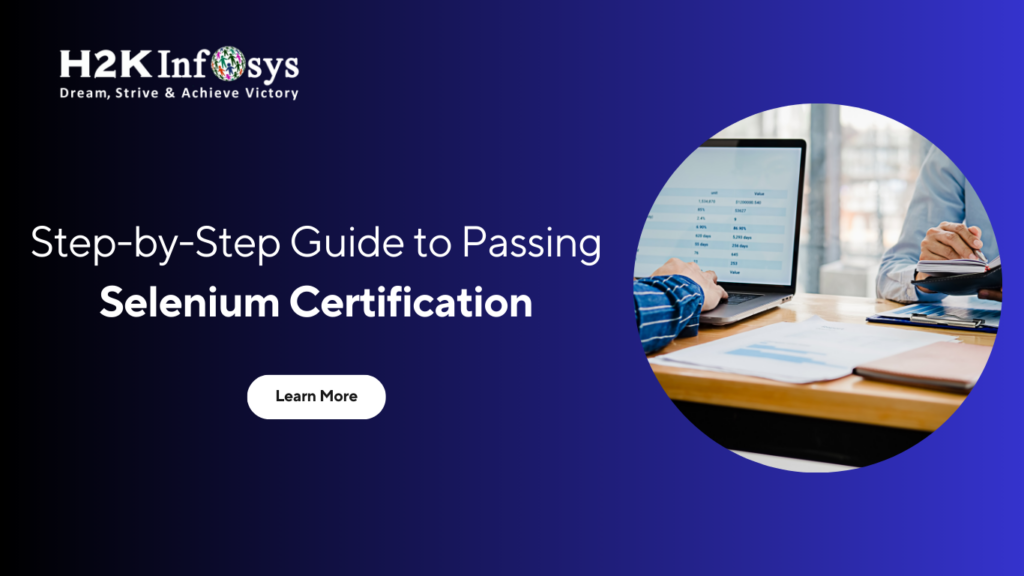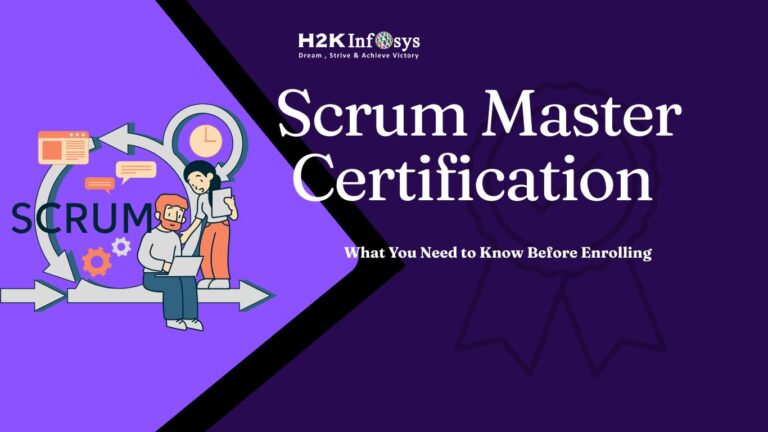The world is changing swiftly, and it is difficult to find universal professionals with all of the required skills to develop the product you desire. The value of having teams with multiple specialisations and experience is increasing, and Agile has evolved as a tool for bringing those disparate perspectives together. Successful Agile adoption requires the effective work of an Agile team facilitator, who brings together each team member’s experience and knowledge.
Agile has become the new industry standard, replacing traditional directed management practices. As a result, there is an increased demand for communication and Agile facilitation techniques that promote creative cooperation.
While Agile aims to keep meetings interactive and entertaining, this is not always the case. We’re sure you’ve seen a Scrum Master dominate a meeting while the rest of the team sits silently waiting for it to conclude. Mitigating and preventing such gatherings is one of the key purposes of facilitation. Facilitation skills are now an important arsenal for every competent manager, whether utilising Agile or traditional methods. In this post, we will look at facilitation theory and structure, who facilitators are, and their main abilities, tactics, and duties.
What is Agile Facilitation?
Facilitation is the art of facilitating group discussions. The agile facilitator’s responsibility is to create and implement an appropriate process, while the rest of the group is accountable for the discussion’s substance by contributing knowledge. Facilitation seeks to be economical (goal-oriented and time-efficient) while also encouraging the well-being of all members (allowing all voices in a group to be heard, creating an atmosphere of mutual listening, and ensuring that choices are supported and owned by all). To learn more, check out our online Agile scrum training.
In Agile Facilitation, Participants are presented to the subject and then asked questions, while the facilitator encourages discussion, takes steps to improve the team members’ experience, and makes comments. The facilitator’s goal is to structure the process and create an environment that allows participants to achieve the intended result.
Who is the Agile Facilitator?
Facilitators might have any background or experience level. The most effective facilitation abilities are:
- Listening: The facilitator’s tasks include active listening and hearing what each team member is saying.
- Questioning: A facilitator should be proficient at asking open-ended questions that promote conversation.
- Problem-solving: Using group problem-solving strategies, such as:
- Define the problem.
- determining the reason
- Consider a range of solutions.
- consider the merits and disadvantages of solutions.
- Choosing the best solution.
- Implementing the solution evaluating outcomes
- Resolving conflicts: A facilitator’s responsibilities include understanding that conflict among group members is natural and does not need to be suppressed, as long as it is addressed respectfully. Conflict should be expected and addressed constructively.
- Using a participative approach: A facilitator should encourage all team members to actively participate and contribute in meetings, based on their particular comfort levels. This includes fostering a safe and comfortable environment in which group members are willing to express their emotions and thoughts.
- Accepting others: A competent facilitator’s abilities include remaining open-minded and not criticising group members’ thoughts and suggestions.
- Empathising: A team facilitator should be able to “walk a mile in someone else’s shoes” in order to understand team members’ emotions.
- Leading: A facilitator must be able to keep the meeting on track to achieve the stated goal.
How can you be a competent facilitator if you don’t already have these skills? Do not worry! People are not born with them; they can be learned with time and effort.
The Basic Rules of Facilitation
In addition to the previously mentioned interpersonal skills, a skilled agile team facilitator must grasp motivation theory in order to foster fruitful discussion and issue solutions.
In his book “Drive,” Daniel Pink discusses three components of the motivation formula: autonomy, mastery, and purpose. This trio encourages people to accomplish their best job. Pink describes each constituent as follows:
Autonomy: We want to be self-directed. It promotes engagement over conformity.
Master: The desire to increase our skill sets.
Purpose: Desire to do something meaningful and important. Businesses that prioritise profits over purpose will end up with bad customer service and dissatisfied staff.
Building more autonomy, mastery, and purpose will increase your workforce’s productivity and effectiveness. If we go deeper, we may see the link between motivation and self-management theory: shared goals, accountability, and boundaries.
That is why it is critical to establish goals, define limits (rules), maintain accountability, and communicate with others. It is critical for the agile facilitator to believe in team professionalism so that the team can grow and mature. Once you’ve mastered motivation theory and the skills required to be a facilitator, the next stage is to grasp the mechanics.
Each circle symbolises a concept: Each line of circles and arrows depicts one person’s point of view as it evolves throughout the discussion.
Individual members of a group must first express their own points of view, assisted by a facilitator. The agile team facilitator’s role is to assist participants in carrying out their tasks efficiently. Let’s look at a meeting facilitation example that employs both convergent and divergent thinking strategies.
What is divergent thinking?
This is the initial stage of facilitation, in which the agile team facilitator uses brainstorming exercises to urge participants to generate as many ideas as possible. The second stage (convergent thinking) involves selecting the most valuable ideas from the initial brainstorm. The final round involves participants voting on which idea is the most valuable and meaningful.
Conclusion
To learn more about Facilitation in Agile, check out our Agile certification course online.







